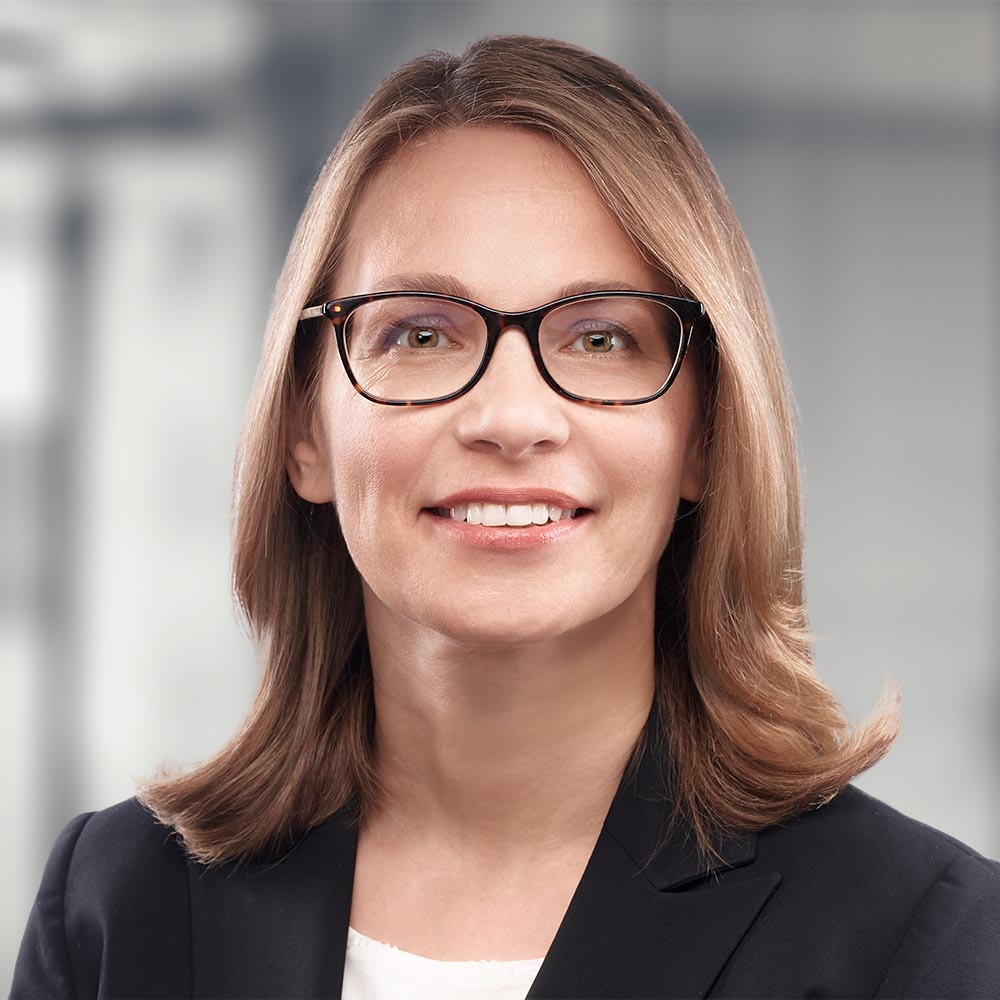“What”, not “how”: Patent Appeal Board considers methods of medical treatment
Authors
 Teresa A. Reguly
Teresa A. Reguly Melanie Sharman Rowand
Melanie Sharman Rowand
Manpreet Singh

Denise Ramsden
A recent Patent Appeal Board (PAB) decision provides insight on patentable subject matter in Canada and on the assessment of whether a claimed invention will be deemed to be an unpatentable method of medical treatment.1
What you need to know
- Methods of medical treatment are not patentable subject matter in Canada, but claims can usually be drafted in a way to avoid characterizing the invention as a method of medical treatment.
- When considering whether a claim encompasses a method of medical treatment, a threshold question is whether a pathological or natural condition is being treated. Methods of treating natural conditions (e.g., pregnancy, aging, baldness and wrinkles) are not considered methods of medical treatment.
- Methods of treating pathological conditions and diseases may be considered non-statutory if the claims are directed to “how” to treat the condition. Under Patent Office practice, claims instructing “what” to use to treat a patient’s pathological condition are not methods of medical treatment.
- The PAB determined that the claims in the application at issue—which involves the condition known as myopia—were not directed to a method of medical treatment because myopia is not a disease, but a natural condition. Even if myopia were a pathological condition, the claims are directed to the “what” rather than the “how”, and would constitute statutory subject matter on that basis as well.
- This decision has not been appealed and the related patent issued on October 8.2
Methods of medical treatment
In Commissioner’s Decision No. 1491, the PAB recommended the allowance of CooperVision’s application, “Use of accommodative error measurements in providing ophthalmic lenses”, claiming methods of providing and using lenses sequentially to reduce or prevent the progression of myopia.3
In deciding whether the claimed invention was statutory subject matter, the PAB relied on Canadian law on the patentability of methods of medical treatment and statements in the Manual of Patent Office Practice (MOPOP) that provide guidance on the construction of claims that cover methods of medical treatment.
In Canada, methods of medical treatment are not patentable subject matter under section 2 of the Patent Act. However, the distinction between a method of medical treatment and permissible new medical use is not always easily discernable. The case law describes non-statutory method of medical treatment claims as those that “fence in” the professional skill and judgment of a professional. MOPOP characterizes methods of medical treatment as: (a) treatments directed to ailments, pathological conditions or physical abnormalities and (b) claims related only to “how” to treat a patient, rather than “what” to use to treat a patient.
According to Canadian case law and Patent Office guidelines, treatments for natural conditions (e.g., pregnancy, aging, wrinkles and baldness) are not considered methods of medical treatment as these conditions are not pathological. CooperVision’s application claimed treatment of myopia, a human natural condition, so the PAB determined that the claims could not be considered methods of medical treatment. This assessment was based on the position that ophthalmologists, being experts in the relevant field, would not consider myopia a pathological disease.
The PAB stated that if myopia were a pathological condition, they would have turned to the guidance on medical use claims in the Patent Office Practice Notice 2015-01, “Revised Examination Practice respecting medical uses” (PN 2015-01), to assess whether statutory subject matter was claimed. PN 2015-01 distinguishes between claims describing “what” to use for treatment and claims directing “how” to treat a patient. If the essential elements of a claim instruct health professionals on “what” to use to treat a patient, the claims are not considered methods of medical treatment. If the essential elements are directed to “how” to treat a patient, it is necessary to further assess whether the claim interferes with a physician’s professional skill and judgment in treating a patient. Even at that stage of the analysis, not all claims directed at “how” a patient should be treated will be considered methods of medical treatment. That will depend on whether the claims fence in the professional skill and judgment of physicians.
Through purposive construction of the claims, the PAB determined that the essential elements encompassed “what” to use to treat myopia, rather than “how” to treat myopia. Even if the PAB had considered myopia a pathological condition, they suggested that by claiming “what” to use, the claimed subject matter still fell within the statutory definition of invention.
Implications
A PAB decision is binding only with respect to the patent application in question. However, this decision provides some clarity around the application of the Patent Office’s method of medical treatment guidance materials. While methods of medical treatment remain unpatentable in Canada, claims may be drafted in a manner that reduces the chance that the claims will be characterized as a method of medical treatment.
_________________________
1 See the Commissioner’s decision.
2 Patent 2,760,920.
3 See the Commissioner’s decision.